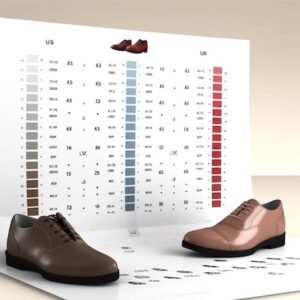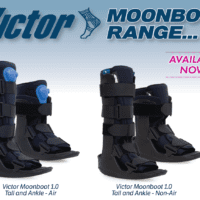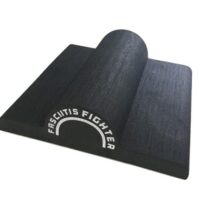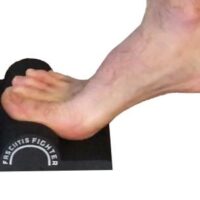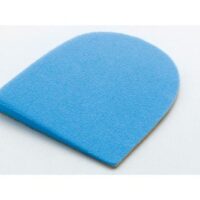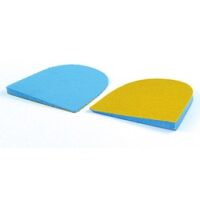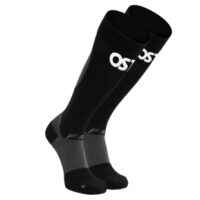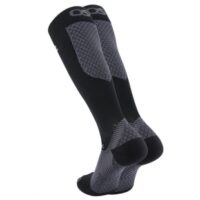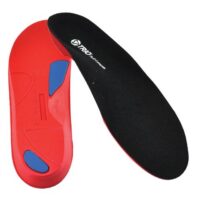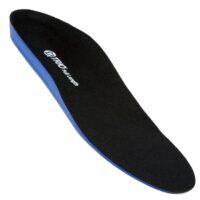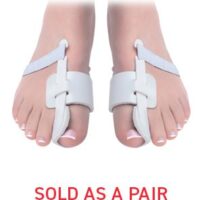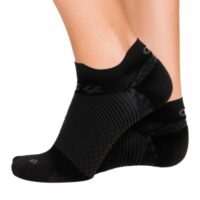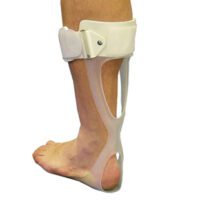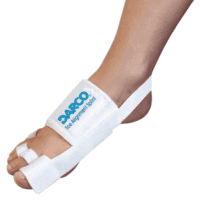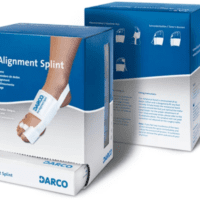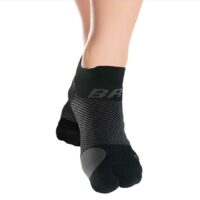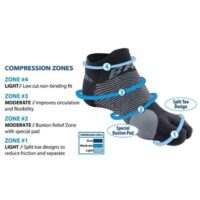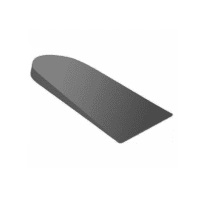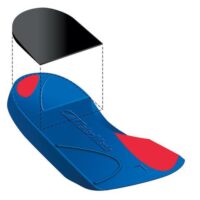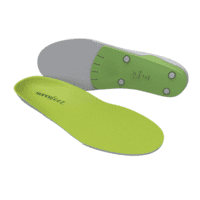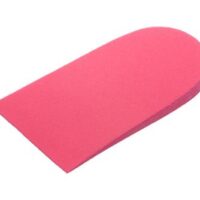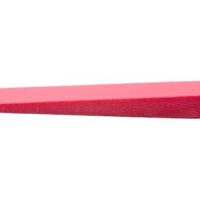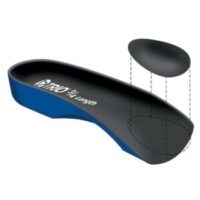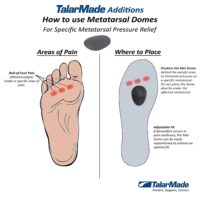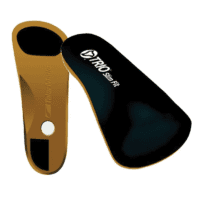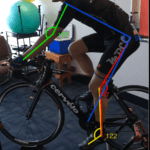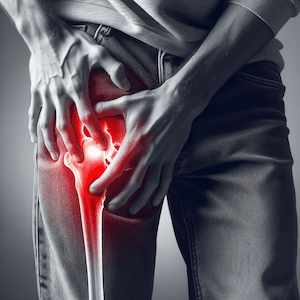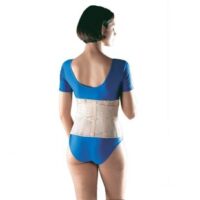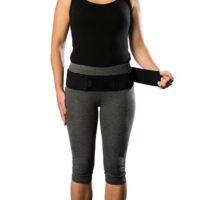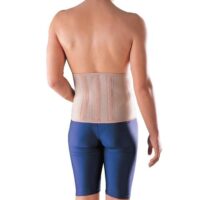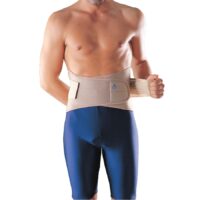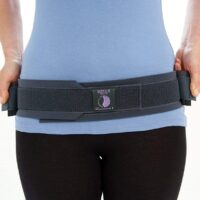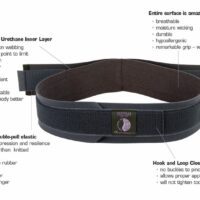Your Guide to Radiology Referrals
Experiencing persistent symptoms can be frustrating, especially when treatments don’t seem to work. If you find yourself in this situation, it's crucial to consult your healthcare provider for further evaluation. They might recommend diagnostic tests such as X-rays, MRI scans, CT scans, bone scans, or pathology studies. These tests play a vital role in making an accurate diagnosis.
Can a Physiotherapist Refer You for an X-ray?
Physiotherapists now have the authority to refer patients for various medical investigations, including X-rays, ultrasound scans, and MRI scans. This advancement empowers them to play a more significant role in patient care, especially in diagnosing conditions.
X-ray Medicare Rebates
Medicare rebates for X-rays depend upon the region referred eg spinal versus peripheral joints. It's important to note that not all radiology clinics offer bulk billing, and you may face out-of-pocket expenses.
Ultrasound & MRI Medicare Rebates
Even though your physiotherapist can refer you for a diagnostic ultrasound scan or MRI, they will not be bulk-billed.
GP referrals will be required for bulk-billed ultrasound scans, but MRI bulk-billing may need a referral to a specialist first.
MRI bulk-billing is generally reserved only for specialist referred MRI's. You need to see your GP to get a referral to consult a specialist and there may be a delay between your referral and when you can book ot consult a specialist.
The Role of Physiotherapists in Diagnostic Referrals
Physiotherapists work closely with doctors to arrange the most suitable diagnostic tests for your condition. After the tests, they collaborate with your doctor to develop a comprehensive treatment plan tailored to your needs. This coordinated approach ensures you receive the best possible care.
Recent research has highlighted the effectiveness of physiotherapist-directed diagnostic referrals in streamlining patient care and improving outcomes. This shift towards a more collaborative healthcare model signifies the importance of physiotherapy in the diagnostic process.
Seeking Professional Advice
If you're dealing with persistent symptoms, it's essential to:
- Consult your healthcare provider for further evaluation.
- Discuss the potential need for diagnostic tests with your physiotherapist or doctor.
- Understand the benefits and risks associated with each test.
Their knowledge will assist to determine the most appropriate and cost-effective diagnostic tests for you.
Conclusion
Diagnostic tests are a critical component of healthcare, helping to unravel the mysteries behind persistent symptoms. With the authority to refer patients for specific tests, physiotherapists and doctors are at the forefront of delivering personalised care.
However, Medicare-funded rebates do vary depending upon the referrer and the investigation.
If you're experiencing ongoing issues, don't hesitate to seek the advice of your physiotherapist or doctor. Together, you can work towards achieving optimal health and well-being.
What to Do?
Always consult with your physiotherapist or doctor about the suitability and need for diagnostic tests. Their professional advice is invaluable in navigating the complex healthcare landscape.


























